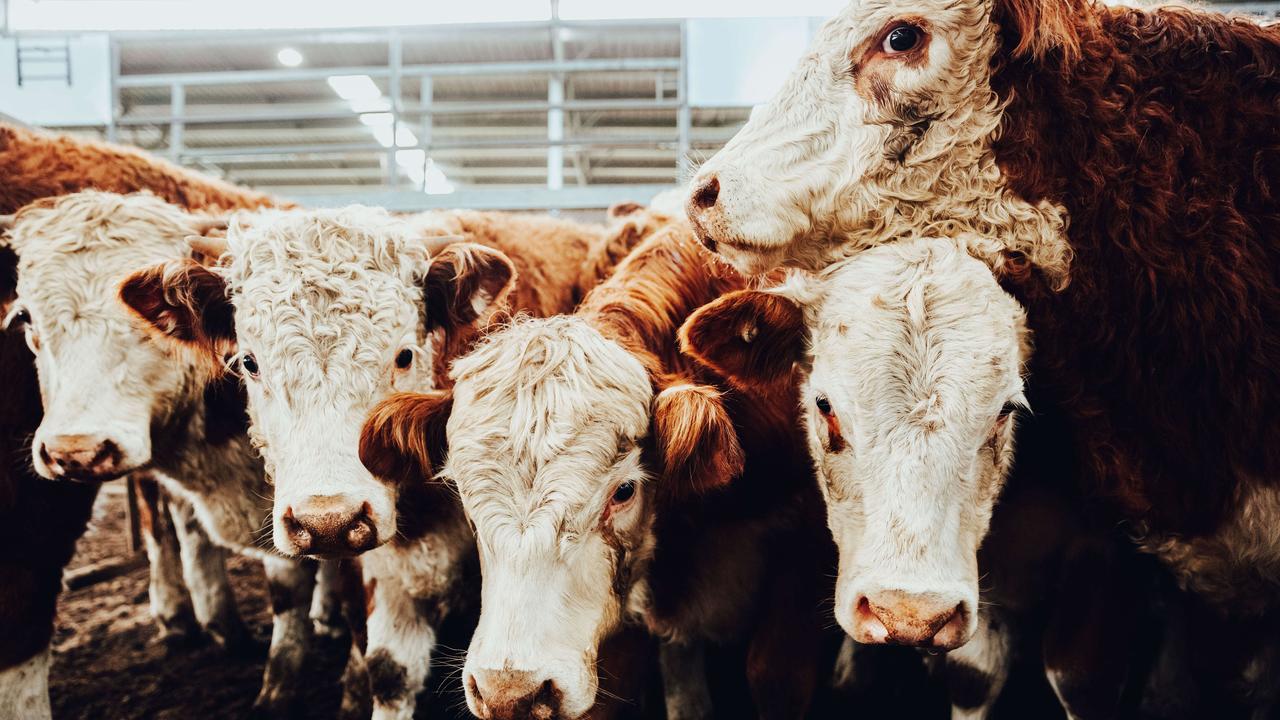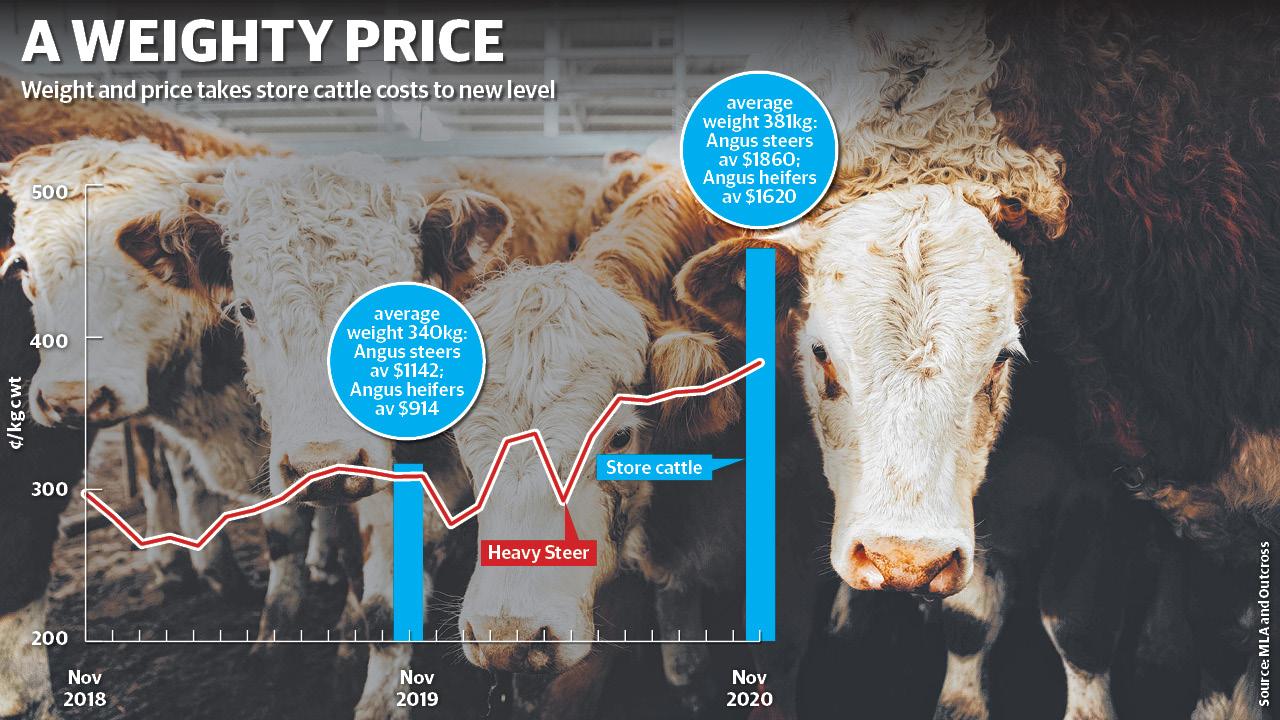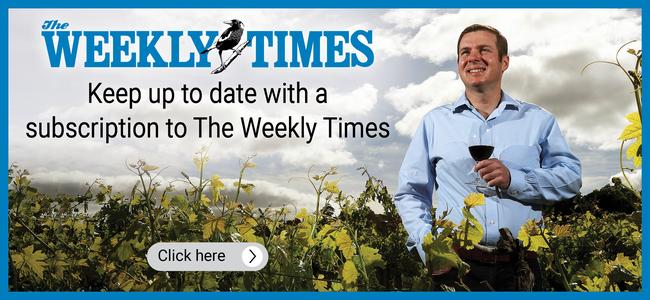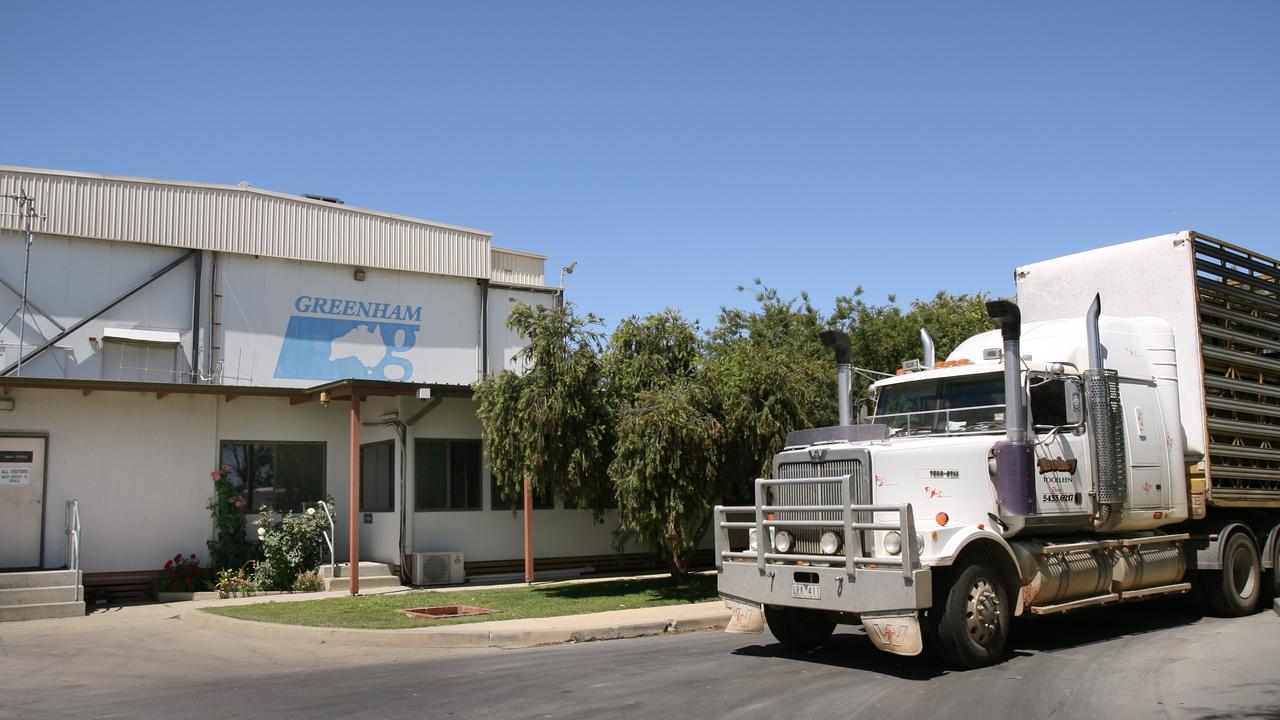Weight gain means price pain in store cattle costs
The extra-heavy condition of young cattle may have a big influence on upcoming weaner store sales. We look at what that means for northern buyers who usually favour lighter calves at Victoria’s big weaner sales.

This story is free to read, but there has never been a more important time to stay connected to the news. For a limited time you can get a special digital subscription to The Weekly Times from as little as $1.30 a week for four weeks*.
BUYERS have become more accepting of the high cents per kilogram price rates for young store cattle.
The next issue they will have to grapple with will be calf weight.
Combined, the per kilo price and extra weight of stock this spring has taken the dollar per head investment for steers and heifers to another level again.
Weight could also prove an issue for northern buyers situated in NSW and Queensland who usually favour lighter calves at Victoria’s big weaner sales, in part for easier and more economic transport.
The average weight of the 1900 weighed steers and heifers sold at last week’s monthly store sale at Yea was 381kg liveweight.
The availability of calves under 350kg was very limited.
Nutrien Yea livestock agent Chris Pollard said cattle weights were exceptional this year and would only improve as rain extends the green feed towards Christmas.
“Autumn drop calves that weigh 350kg don’t look like even getting into the first laneway of the sales, and I’ve never seen that happen before,’’ he said.
Most agents in the northeast are tipping calf weights to track between 340kg and 440kg at the feature sales that start later this month.
Where it becomes problematic for buyers is when the price per kilogram rates are calculated out by this weight.
At a conservative ballpark cost of 480c/kg, a 380kg steer is worth over $1800.
The average price result for the main run of 738 Angus steers sold at Yea last week was $1860, according to data from Outcross which books all the transactions for saleyard operators.
For cattle traders, it effectively eats into the margin between the cost of a store animal to its re-sale value as a feeder steer or bullock.

The graph shows the saleyard price trend line for heavy steers (500-600kg) and feeder steers over the past two years.
Like all cattle, heavy steer prices have lifted, but as a category it has not been able to push above the benchmark of 400c/kg liveweight.
The current average is 385c/kg lwt, according to data compiled by Meat and Livestock Australia.
A 600kg steer at 385c/kg equals $2310.
When this is viewed alongside current store sale results like Yea at $1860, it shows a reduced gross margin of $450 — about half the level of the desired trading margin of around $1000 per animal.
The trading difficulty comes from the much higher liveweight price for store animals compared to finished stock, which is now being exaggerated by the heavier weights of young cattle this spring.
On paper, buyers are having to “give in” an extra 100c/kg over the ruling saleyard price for bullocks, and the gap is even higher for any lighter store cattle costing in excess of 600c/kg liveweight.
A snapshot of last week’s Yea sale, compared with the same monthly market held at the centre a year ago, highlights the dramatic change in pricing as the industry has moved from drought to a wet La Nina event.
Last November the average cost of young weighed store cattle (steers and heifers) was 316c/kg, with an average weight of 340kg.
A year on and the average cost for steers and heifers was 457c/kg and the average weight was 381kg.
As the graph shows, 12 months ago traders were able to purchase young replacements for a similar cents a kilogram cost to finished slaughter animals.
That is unusual, as young store cattle normally sell at some sort of premium.
But the price premium has really stretched out this season to arguably be as great as the industry has ever seen.
And the extra weight is exaggerating the situation.
An added 50kg on a weaner calf at 460c/kg amounts to an extra $230 just for this forward condition.
There are two ways to look at this, as Nutrien South Gippsland livestock agent Brian McCormack noted.
“You can place a negative on it and say store cattle are too forward and costing too much,’’ he said. “But on the other side the more condition they have coming in, the quicker you should be able to sell them — it is what it is.
“People are starting to accept the new pricing for cattle as the fat market is still going along quite well.’’
However the price and weight dynamic is proving challenging for many operators.
“It is a struggle to find store cattle of a suitable weight so that the dollar per head cost doesn’t work out to too much money,’’ said Nutrien Mansfield livestock agent Jamie Beckingsale, as he watched the Yea store market last Friday.
“The first laneway of cattle here is like a fat sale.’’
Alex Scott and Staff South Gippsland livestock agent Neil Darby said people were wary of outlaying big dollar per head money for store cattle in case the prime market eased.
“I’m finding there is a reluctance to give $1600 to $1800 for steers as they don’t turn into $2500 bullocks in just 12 months,’’ he said.
How northern buyers will cope with the big weights of store cattle remains to be seen.
The Yea store sale was driven by southern restocking, with hardly any of the major commission buyers that usually buy for northern NSW and Queensland orders not in attendance.
There was some speculation that northern buyers could switch to heifers in the new year as more lines of young females become available, partly as they should have a little bit less weight and a lower overall buy-in cost compared to steers.
MORE
BIG BUCKS FOR HEAVY STOCK AT YEA STORE CATTLE
FEEDLOTS, RESTOCKERS HOLD THE MARKET, BUT PRICE VARIES ON QUALITY
BEEF CONTINUES UPWARD TREND ON DEMAND FOR VEALERS, YEARLINGS



